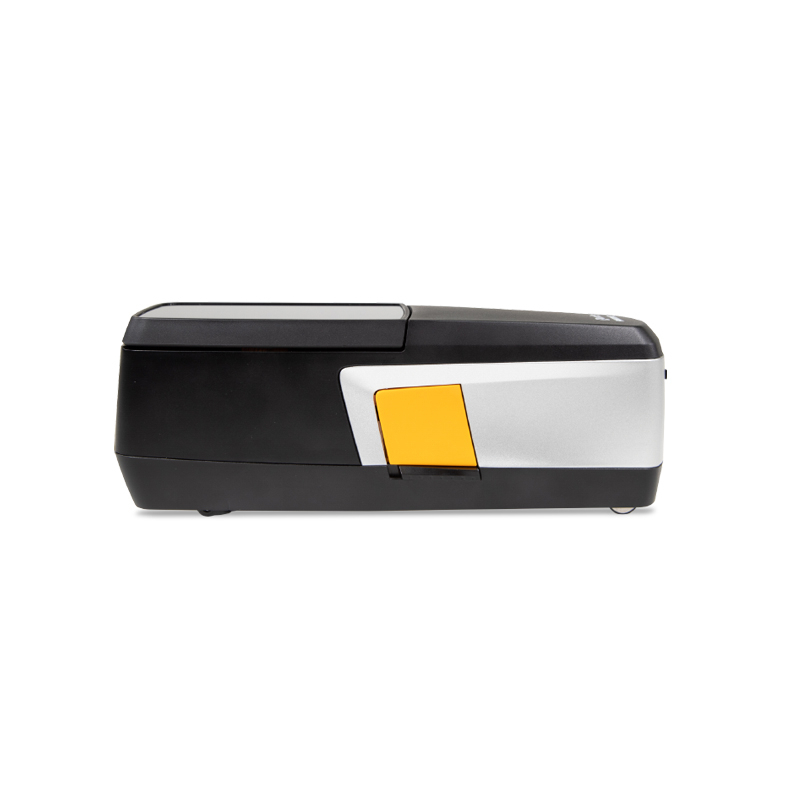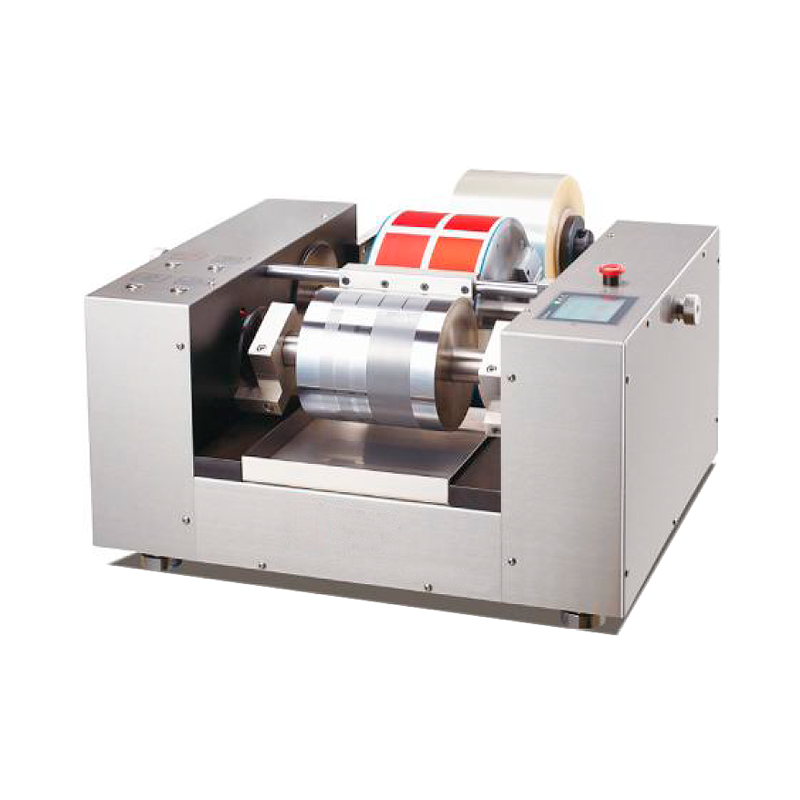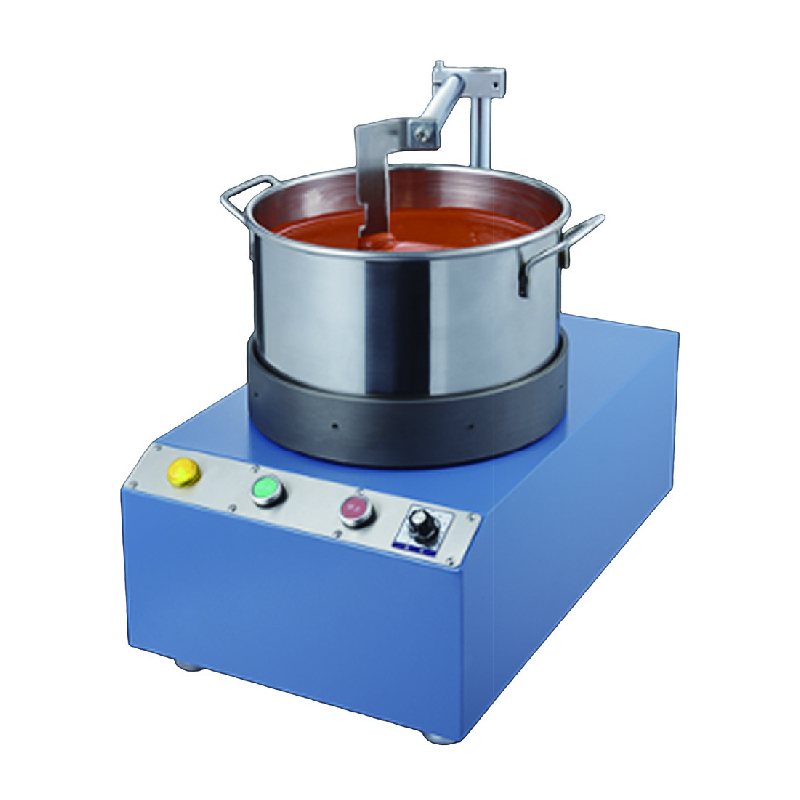► Ink Formulation System - T-Lab | X-Rite 4★ Color Laboratory | pressSIGN Asia Distributor | Color Management Solutions
► Ink Formulation System
Autura Ink Formulation
X-Rite Incorporated a global leader in color science and technology, introduces Autura™ Ink, a cloud-based ink formulation and quality control solution that enables ink suppliers, printers, and packaging converters to accelerate ink development. Leveraging X-Rite’s proven technology from InkFormulation software, Autura Ink provides a secure and centralized platform for all formulation, storage, approval, retrieval, and quality control needs for offset, flexo, gravure, and screen-printing inks... (Read More)
IFS6 (Ink Formulation) Software
InkFormulation software is designed for ink manufacturers and packaging printers who need to formulate their own inks. It supports offset, flexographic, gravure, and screen printing inks, providing fast, accurate, and consistent solutions for creating, storing, approving, and retrieving ink formulations.
Offset Ink Mixer Pro
Easy operation. Low-speed intermittent mixing with flipping and shearing; achieves uniform ink within 5 minutes without heat buildup. Adjustable speed, automatic can-locking, L-shaped blade for easy cleaning, direct drive for energy saving, and a desktop design for easy mobility.














.jpg)
(1).jpg)



















